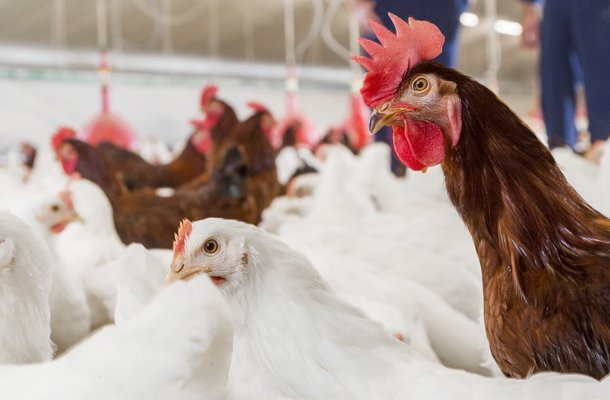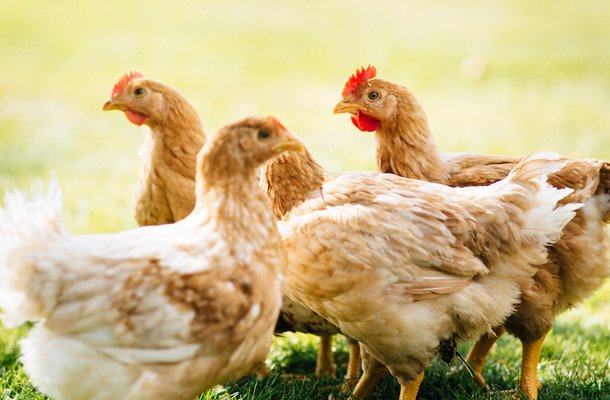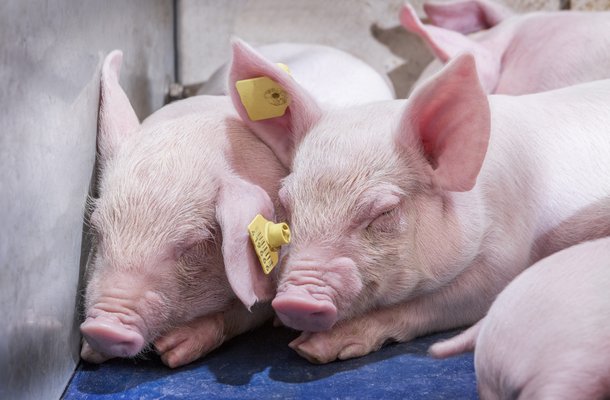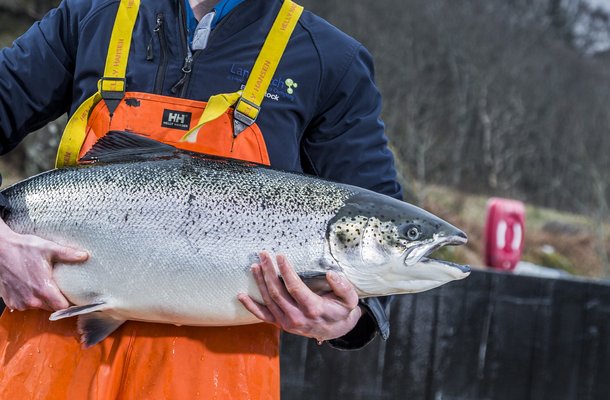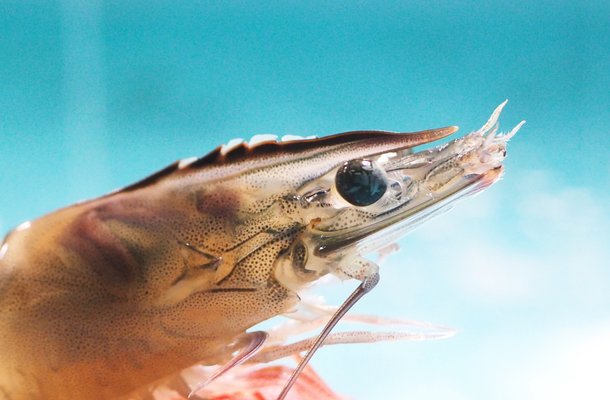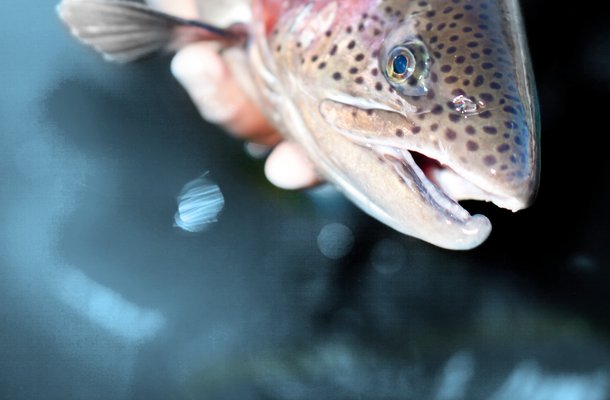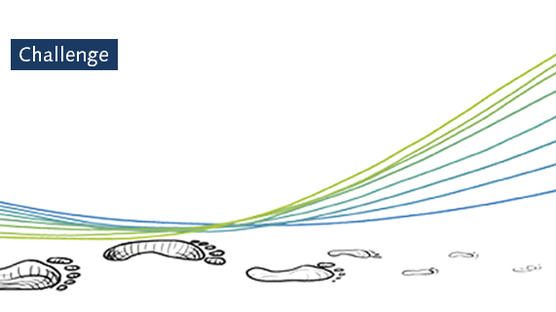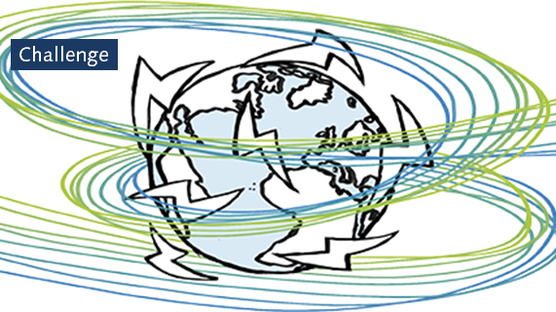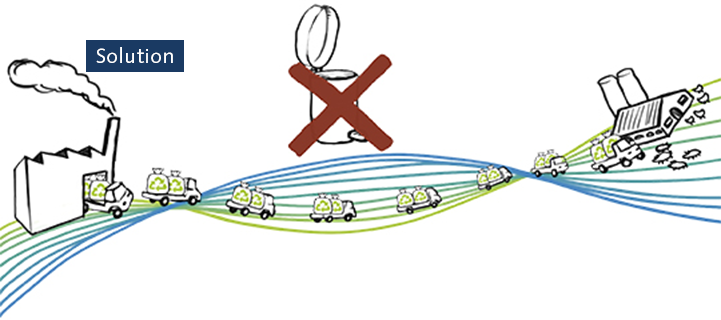
Published on May 1, 2021
'SFCR' Sustainable (Feed) Conversion Rate explained
Selecting for improved feed conversion rate is nothing new in the field of animal genetics. Less feed for a high output is desirable from a clear economic perspective. But we now are beginning to look at feed conversion rates from an environmental sustainability perspective.
Over the past few decades, the animal protein sectors have been focusing on feed efficiency. Feed is the largest expenditure in the production of animal protein. To explain feed efficiency or feed conversion ratio (FCR), it is the amount of feed required to produce an outcome, such as milk from dairy cows, meat from beef cattle, or egg mass from laying hens. Less feed needed for equal or higher production is generally good for the industry and the environment at the same time, a clear win-win for agriculture and the planet.
However, with the focus on nutrient utilization effectiveness, high-quality ingredients also edible by humans became part of the animal’s diet. It is time to look at feed efficiency in a different way and include other factors into FCR to define the Sustainable Conversion Ratio, taking food competition and environmental impact into the equation.
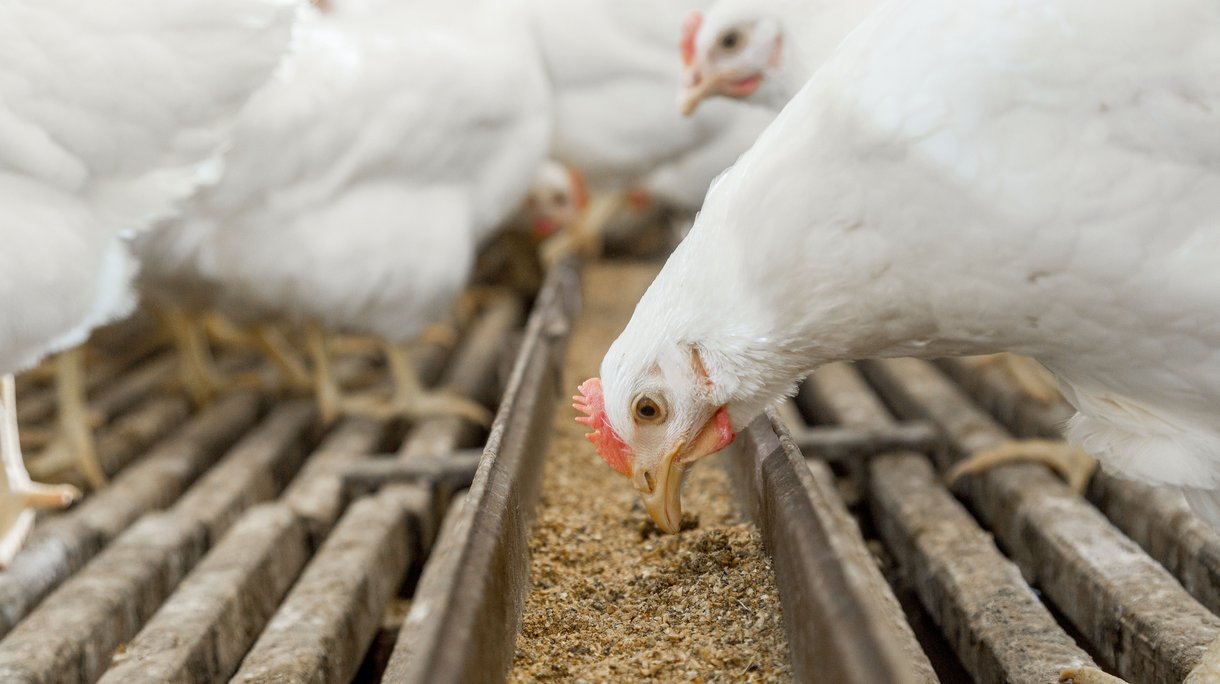
Feed efficiency influenced by genetics and environment
Genetics play an important role in improving feed efficiency. The other major factor in feed conversion is the environment, referring to the type of feed, housing, management, animal health, and so on. Over the years, nutrient utilization effectiveness has greatly improved via better genetics and improvements of the environment of the animals. It has resulted in animals requiring less feed. Simply stated, less feed consumed means less raw materials to be grown, produced and transported.
The results of professionalizing all elements of livestock production have been astonishing. It clearly helps to reduce the overall carbon footprint.
Sustainable feed efficiency
Over the years, based on continuous monitoring, the feed industry has researched and formulated feed products that enable animals to perform at high efficiency. Reducing GHG emissions was a by-product of feed efficiency and never the main target. But in the coming years, the environmental impact will be an important factor in feed efficiency.
Today’s feed industry looks at optimizing feed efficiency by linking animal performance to reduction of GHG emissions. New feed products and feed additives are being designed to improve feed conversion and significantly reduce CO2 emissions in livestock production.
Large amounts of potential feed, such as crop residues, food waste, and agro-industrial by-products, are often unused, and this waste can contribute directly to adverse environmental impacts. These are lost opportunities to recycle and optimize resource use efficiency.
Food waste itself can also be put to better use. “Clean” sources of food waste from restaurants and supermarkets can be valuable sources of livestock feed, as long as the food is tested and treated for pathogens to ensure feed safety. With the right incentives, legislation, and systems in place for feed safety, some countries manage to recycle half of their food waste into high-value “green” livestock feed.
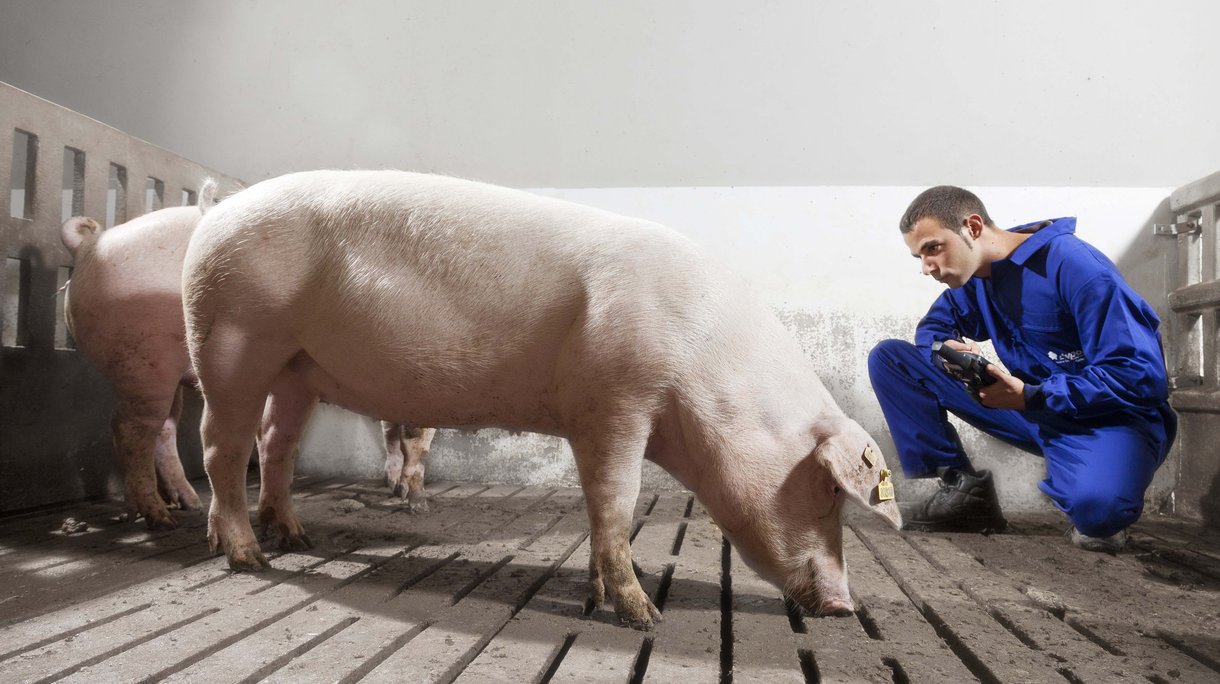
Breeding for lower emission animals
Animal genetics can offer possible solutions to reduce the environmental impact. Two possible pathways will be highlighted here. First, animal genetics can be used to increase the adaptability of animals’ ability to process (lower emission input) diets that will use a higher portion of specific waste streams or food residues. Animals differ in digestive efficiency, and therefore animals that can easier and more efficiently transform these new ingredients into animal protein can be selected and used for the next generation and so and so forth. As an example, due to the increasing ethanol production from corn in various countries like the US, the supply of distillers dried grains with solubles (DDGS) for inclusion in animal diets has been growing in the last 20 years. Through continuous selection on feed efficiency, the level of DDGS in the total feed has increased dramatically while the performance of the slaughter pigs did not show any significant negative effects.
Another route to lower emission animals is the selection on animals emitting lower greenhouse gasses. Due to genetic diversity, animals digest their feed differently and this leads to differences in the production of various gasses. Research has focused primarily on ruminants so far as they are responsible for roughly two-thirds of the total GHG emissions of the livestock sectors. Researchers are measuring the total and composition of the gasses individual cows produce. There is clearly a genetic basis of variation in excretion that raises the possibility of reducing manure emissions by breeding for reduced excretion.
In conclusion
Utilizing waste streams to lower the total emission of livestock production has been investigated and is currently in practice. But there is still a lot of work to be done. Better breeding can provide an answer to a cleaner planet. It will still require research to breed animals with improved digestive efficiency when fed new waste streams and animals that vary in excretion amount and/or composition. To find more efficiencies, our role is to continue to look for animal performance data in new and innovative ways. To make the transition to sustainable animal breeding, consideration of environmental impact will continue to be an important focus in our programs.
Have a look at the different product portfolios in the species we breed
You've read a solution article. Interested in the opportunity or challenge?
Do you want to explore all articles?

